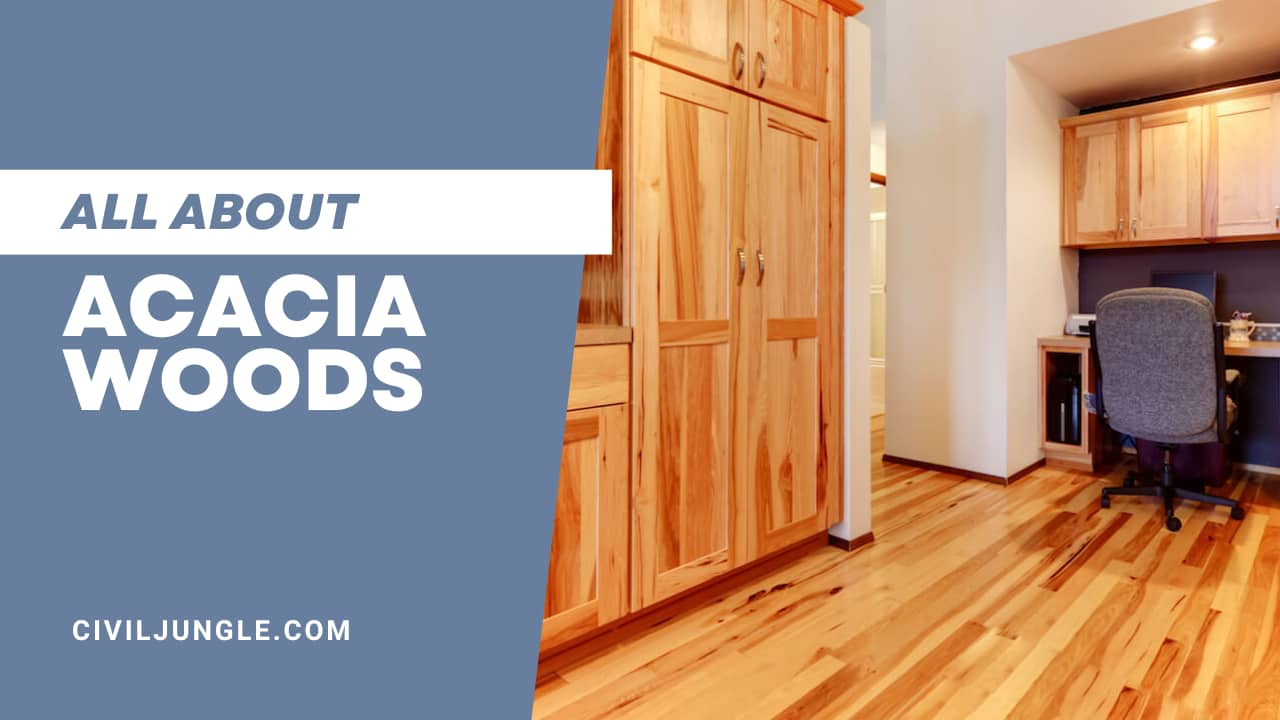Civiljungle
1w
381

Image Credit: Civiljungle
All About Acacia Wood | Types of Acacia Wood | Advantages of Acacia Wood | Uses of Acacia Wood
- Acacia wood is a durable material that is resistant to insect and termite attacks, making it suitable for use in various applications.
- Acacia trees are native to Africa and the Middle East and are important sources of food, shelter, and medicine for many species.
- There are various types of Acacia wood that are widely used in furniture making, such as Acacia Koa, Acacia Acuminata, Acacia Melanoxylon, Acacia Cambagei, and Acacia Manigum.
- Advantages of Acacia wood include its fire-resistant, water-resistant, decay-resistant, and pest-resistant properties, as well as its durability and strength.
- Acacia wood is used for furniture, flooring, musical instruments, paper, charcoal, and dyes, and is also a sustainable and eco-friendly material.
- To care for Acacia wood products, they should be cleaned with a soft cloth or paper towel, kept away from excessive heat and sunlight, and sealed with oil every few months to prevent dryness and brittleness.
- Acacia wood is expensive and can be difficult to work with due to its hardness, but it is a versatile and unique material known for its strong, sturdy, and stunning appearance.
- The price of Acacia wood varies depending on the type of Acacia, and it is important to be aware of risks such as illegal logging and toxicity in some species.
- Acacia wood is a great option for exterior furniture due to its resistance to insects and rot, and for flooring due to its durability and water resistance.
- The grain of Acacia wood can vary from medium to coarse, with a straight to wavy grain pattern.
Read Full Article
22 Likes
For uninterrupted reading, download the app